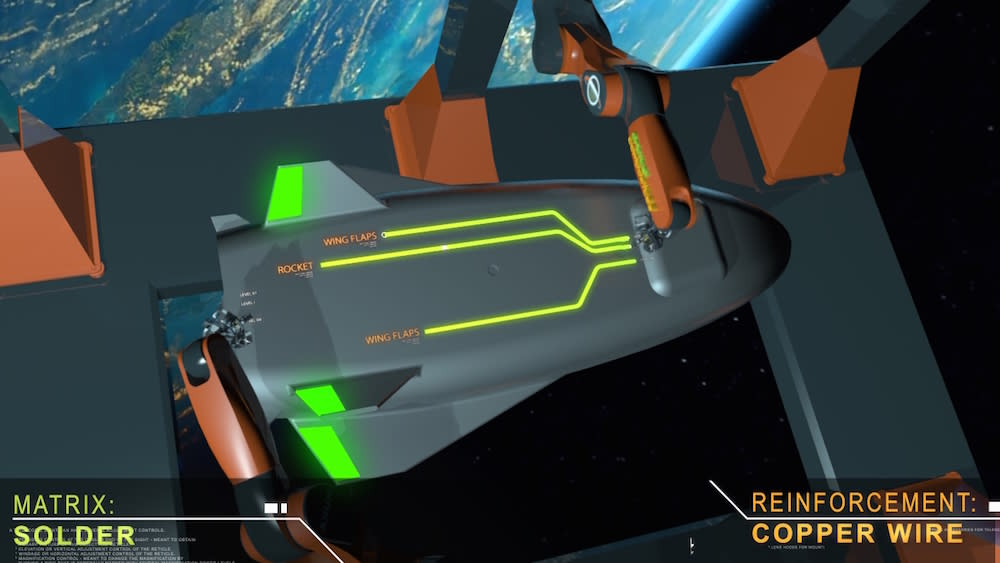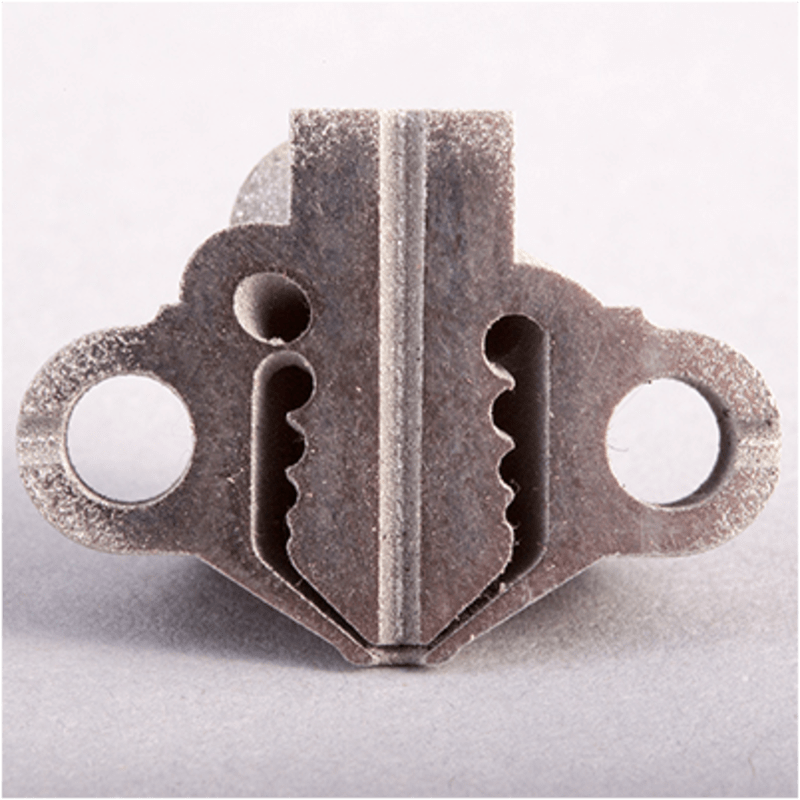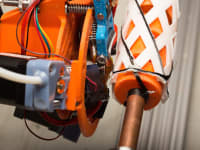We are Orbital Composites. Our goal is to 3D print satellites on-orbit. The orbital manufacture of satellites will save over 75% of the cost for launching satellite missions. Most dramatically, one can go from mission concept to operation within days.
Orbital manufacturing has a few more advantages.
Size: Satellites may become 1000 times larger. Because the spacecraft is not contained inside of a launch shroud, space and volume are freed from the shroud's limitations. Imagine a satellite that looks like a 500 meter wide, flying spider web.
Weight: The structural mass of a satellite may be greatly decreased. Without the absolutely huge launch forces and vibrations, much less material is required to attain operational strength requirements. In general, orbital maneuvering forces are very small indeed.
Design: Perhaps the most challenging aspect satellite engineering is the engineering design. Current satellites designs call for the creation of origami robots. Complex folding geometries and mechanisms can be completely eliminated.
Integration: Our 3D printer tools allow for the electrical and structural subsystems to be merged within software. Our Coaxial extruder tool works with continuous carbon fiber, wires and thermoplastics. We are creating highly integrated 3D carbon fiber circuit boards.
Progress: Because of the high speed, low cost nature of our orbital factory, risk is greatly minimized. Satellite engineering is currently a very risk averse practice. While consistent, the conservative approach stymies progress. As a species we need to encourage moonshot thinking in aerospace design engineering.
To that end, we have developed new, advanced 3D printer technologies. Our first generations of tools will allow for the manufacture of advanced rockets, heat shields, and structural circuit boards. The tools will be available for those of us with hobby-grade 3D printers, larger CNC equipment and more complex robot arms. Our tools may be used to fabricate airplanes, drones, and robots.
Video
Like this entry?
-
About the Entrant
- Name:Cole Nielsen
- Type of entry:teamTeam members:Cole, Strategist
Darrell, Principal Engineer
Jim, Materials Scientist - Software used for this entry:Solid Works
- Patent status:pending








